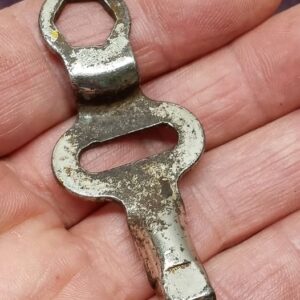When it comes to family dinners, everyone has their own set of expectations and dietary preferences.
Tonight, a seemingly simple dish of shrimp prepared by my mother-in-law turned into a dinner dilemma. The shrimp were cooked with their shells on and, more importantly, they weren’t deveined. This led to a decision to refrain from eating the dish and to keep my children from it as well.
This situation raises the question: Isn’t deveining shrimp a must?
Understanding Shrimp Preparation
Shrimp is a popular seafood choice around the world, known for its versatility and delicious taste.
Preparing shrimp can vary significantly depending on cultural practices and personal preferences. Generally, shrimp can be cooked with or without their shells, and the decision to devein them is often a topic of debate. Deveining involves removing the dark line that runs along the back of the shrimp, which is actually its digestive tract.
What Is Deveining and Why Is It Important?
Deveining shrimp involves making a shallow cut along the back of the shrimp and removing the vein,
which is the shrimp’s digestive tract. While it is not harmful to eat, the vein can contain sand and grit, which might affect the texture and taste of the shrimp. Many people choose to devein shrimp for aesthetic reasons and to ensure a cleaner eating experience.
Health Implications of Eating Undeveined Shrimp
From a health perspective, eating undeveined shrimp is generally considered safe. The vein is not harmful, but it can sometimes contain grit or sand, which might
be unpleasant to eat. For some, the idea of consuming the shrimp’s digestive tract is unappetizing, leading to a preference for deveined shrimp. However, there are no significant health risks associated with eating shrimp that have not been deveined.
Cultural and Culinary Perspectives on Shrimp Deveining
Culinary practices regarding shrimp preparation vary greatly across cultures. In some cuisines, shrimp are often cooked and served with their shells and veins intact, as the shells can add flavor and texture to the dish. In other cultures, deveining is a standard practice to ensure a cleaner presentation and taste. Understanding these cultural differences can help in appreciating diverse culinary traditions.
Personal Preferences and Dietary Choices
Personal preferences play a significant role in whether or not shrimp is deveined. Some people are more particular about the texture and appearance of their food, while others may not mind the presence of the vein. Dietary choices can also influence this decision, especially for those who are more conscious about food cleanliness and presentation.
How to Properly Devein Shrimp at Home
Deveining shrimp at home is a straightforward process. First, rinse the shrimp under cold water. Then, using a small paring knife or a specialized deveining tool, make a shallow cut along the back of the shrimp.
Use the tip of the knife to lift out the vein and discard it. Rinse the shrimp again to ensure all traces of the vein are removed. This simple process can enhance the eating experience by ensuring the shrimp is clean and free of grit.
Communicating Food Preferences with Family
Discussing food preferences with family can sometimes be sensitive, especially when it involves traditional cooking methods. It is important to approach the topic with respect and understanding.
Expressing appreciation for the effort put into the meal while gently explaining personal or dietary preferences can help in finding a balance. Open communication can lead to a better understanding and respect for each other’s choices.
Conclusion: Balancing Tradition and Health
In the end, the decision to devein shrimp is a personal one, influenced by cultural practices, health considerations, and individual preferences. While it is not a strict necessity, many choose to devein shrimp for a cleaner and more enjoyable eating experience.
Balancing tradition with health and personal preferences is key to navigating such culinary dilemmas, ensuring that family meals remain a source of joy and connection.





